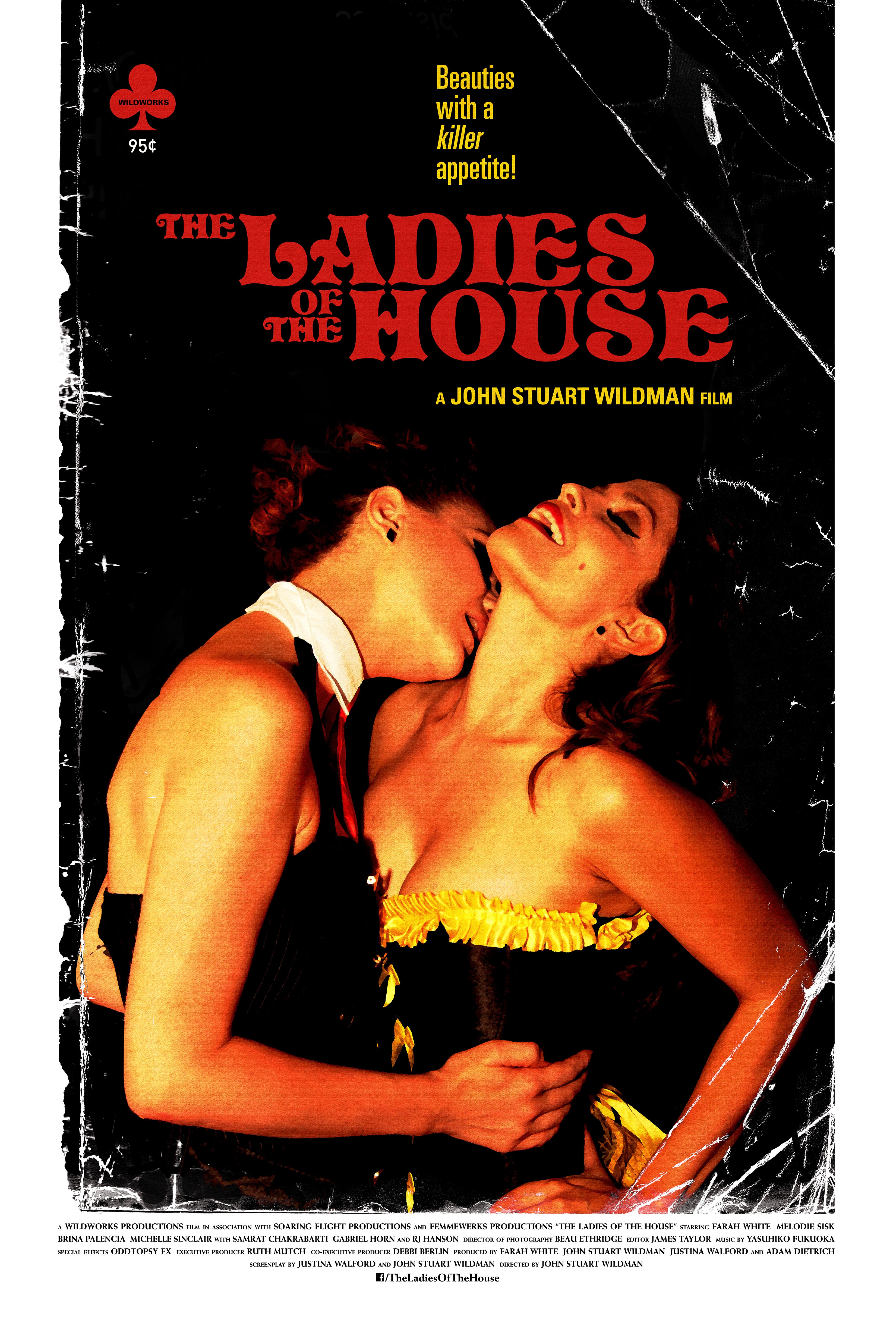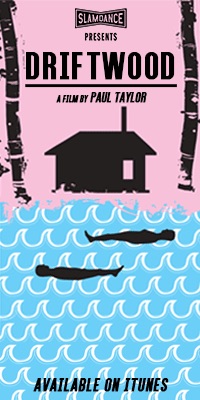“There’s no end to rules in a girl’s life.” This is perhaps the most memorable line from Alankrita Shrivastava’s Lipstick Under My Burkha, a film that breaks many rules by simply existing.
A teenager steals a tube of lipstick from a local shopping mall. Another woman attempts to purchase a swimsuit. Yet another brings home a microwave. In some settings, this activity might all seem like the trappings of an average day. In this film, and in this setting, all women involved are breaking the rules. All are fighting to be free of them, or attempt to subvert them in one way or another. They often assist each other, in the purchases, in the justifications, in the support it takes to defy expectations for their behavior.
Works that break conventions in genre and social mores simultaneously are not uncommon. But films that break both and manage to tell an excellent story can be harder to come by. This film blends the elements of controversy and narrative in a way that brings important issues to life.
Normally, a film does not need heavy situationing to events past and present to be fully understood. But in the case of Lipstick Under My Burhka, to understand a film’s ostensible obscenity it to understand its history.
A film that depicts the secret lives of women in a country where a censor board considered a majority of kissing to be a taboo depiction from that country’s inception in 1952 until the 1990’s is bound to be controversial, and one that seems to be a cry for a return to what kind of feminine agency should be permissible in filmmaking by any classic sense.
Sex, as presented on screen, is also still a cultural taboo in India, but generally falls under its current ratings system in a category for viewing that is restricted to adults. But for cultural reasons that have Indian groups in uproar, the depiction of that which has been described as “lady-oriented, their fantasy above life,” was refused any certification by one of the most powerful censor boards in the world.
Thankfully, there is outrage in India that has lead to the film’s reconsideration. For a film this beautiful, and this poignant, to be painted in any way as obscene is to miss the point entirely. To deny it domestic distribution in its country of origin seems to be a travesty, though the power of international distribution and acclaim just might make that point moot.
Despite its generating controversy in its native setting of India, it’s easy to see why Lipstick Under My Burhka is being screened at DIFF and in other festivals internationally as the ban continues. It’s simply a compelling film. The interwoven stories of Desi women who protest for the right to wear jeans, fight to be with the person they really love, struggle to use birth control, and learn to swim despite cultural conditioning related to gender are delivered in a way they can’t be ignored.
For the audience used to international fare, or even feminist fare, this film can be easily described as equally liberating and heartwarming. Director and Writer Shrivastava presents the desires of women as they navigate situations native to life and mere existence in a manner that is true to life as many female filmmakers in canon do. Her unique sensibility in navigating complex emotion and social dynamics is extraordinary.
Production work completed by Prakash Jha, who just happens to be Shrivastava’s uncle lends this title a traditional “Indian Indie” feel that makes it even harder to ignore. When a film is well made and provocative, both in thought and subject matter, it’s fair to say it deserves the press it’s getting.
For me, a screening of this film is a “can’t miss” presentation.











Fantastic review and important film! I hope to see it at some point.
Thank you Cheryl. I have a feeling this film’s distribution will be simply unstoppable.